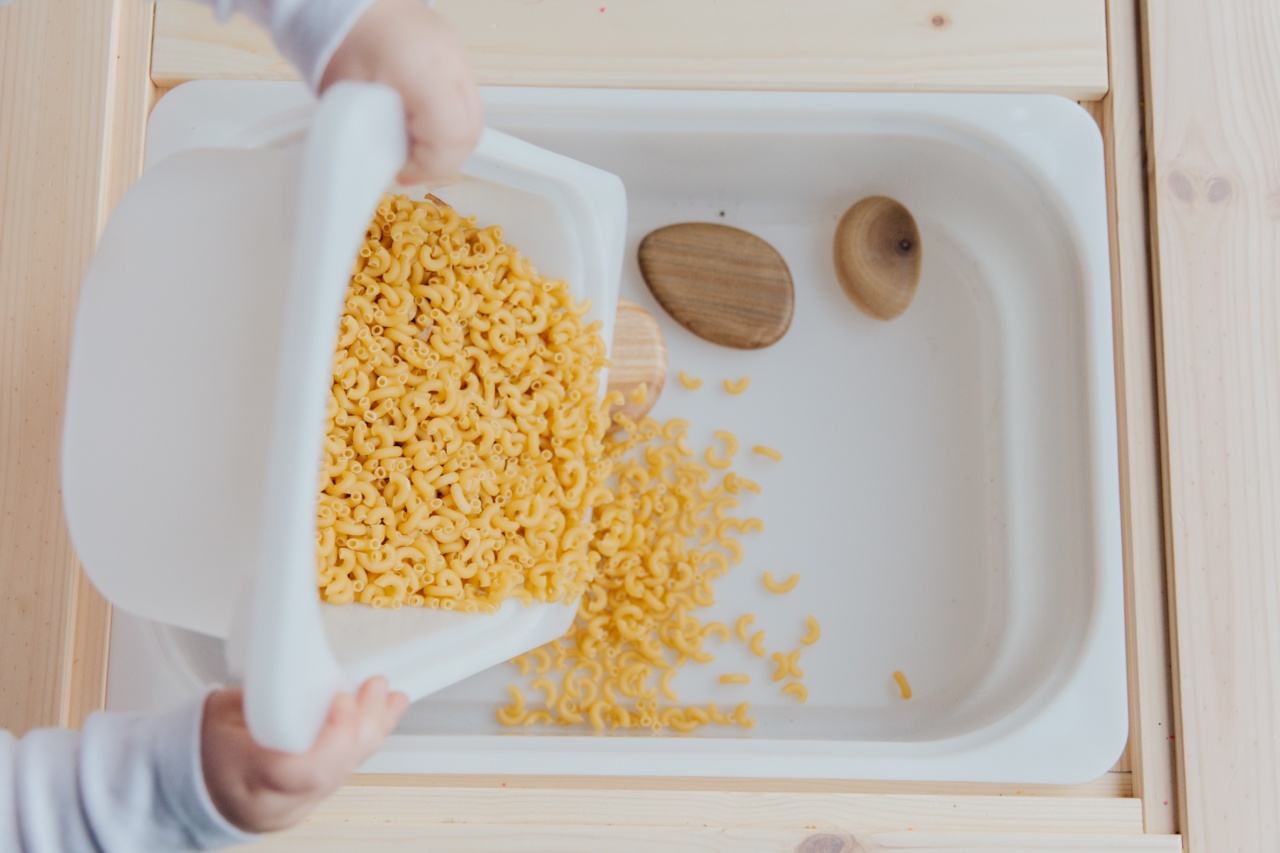Choking is one of the most common accidents that can happen to children. It can happen when your child is eating, playing, or simply exploring their surroundings. As a parent, it’s important to know what to do when your child chokes on food.
The following tips will help you stay calm and act quickly in case of an emergency.
Step 1: Assess the situation
The first thing you need to do is assess the situation. Determine if your child is really choking or just coughing. If your child can cough, cry, or speak, it’s a good indication that the object is not blocking their airway completely.
If your child cannot cough, cry, or speak, or if they’re making high-pitched noises, then it’s an indication that their airway is blocked, and you need to act quickly.
Step 2: Try back blows
If your child is choking and unable to speak, start by delivering back blows. Place your child face down across your lap. Hold their head with one hand and give five firm blows to the back with the heel of your other hand, between the shoulder blades.
This should help dislodge the object blocking the airway.
Step 3: Attempt abdominal thrusts
If back blows don’t work, try abdominal thrusts. Stand behind your child and wrap your arms around their waist. Make a fist with one hand and place it above your child’s belly button.
Grasp your fist with your other hand and pull inward and upward with quick, upward pressure. Repeat up to five times until the object is expelled.
Step 4: Call for help
If your child is still choking and you have tried both back blows and abdominal thrusts, call for help immediately. Dial the emergency services and explain the situation. Keep trying back blows and abdominal thrusts until emergency help arrives.
If your child becomes unconscious, start performing CPR immediately.
Tips to avoid choking: Prevention is better than cure
The best way to respond to choking is to prevent it from happening in the first place. The following tips will lower the risk of choking:.
1. Cut Food into Small Portions
One of the easiest ways to prevent choking is to cut food into small pieces. This is especially true for foods like grapes, hot dogs, and carrots.
2. Encourage Proper Chewing
Teach your child to chew their food properly. Make a point of reminding them to take small bites and chew thoroughly before swallowing. This will help them avoid swallowing food that’s too big for their throat and reduce the risk of choking.
3. Keep Small Objects Out of Reach
Keep small objects like marbles, coins, and small toys out of reach. These objects can easily get stuck in a child’s throat and lead to choking.
4. Always Supervise Mealtime
Always supervise your child during mealtime to ensure they are eating safely. Keep an eye on what they’re eating and how they’re eating it.
If they’re starting to choke or having difficulties swallowing, you can act quickly and prevent a choking accident.
Conclusion
Choking can be a frightening experience for both the child and the parent. But by staying calm and knowing what to do, you can help prevent choking accidents and react quickly when one occurs.
Remember that prevention is better than cure, so take steps to reduce the risk of your child choking.































